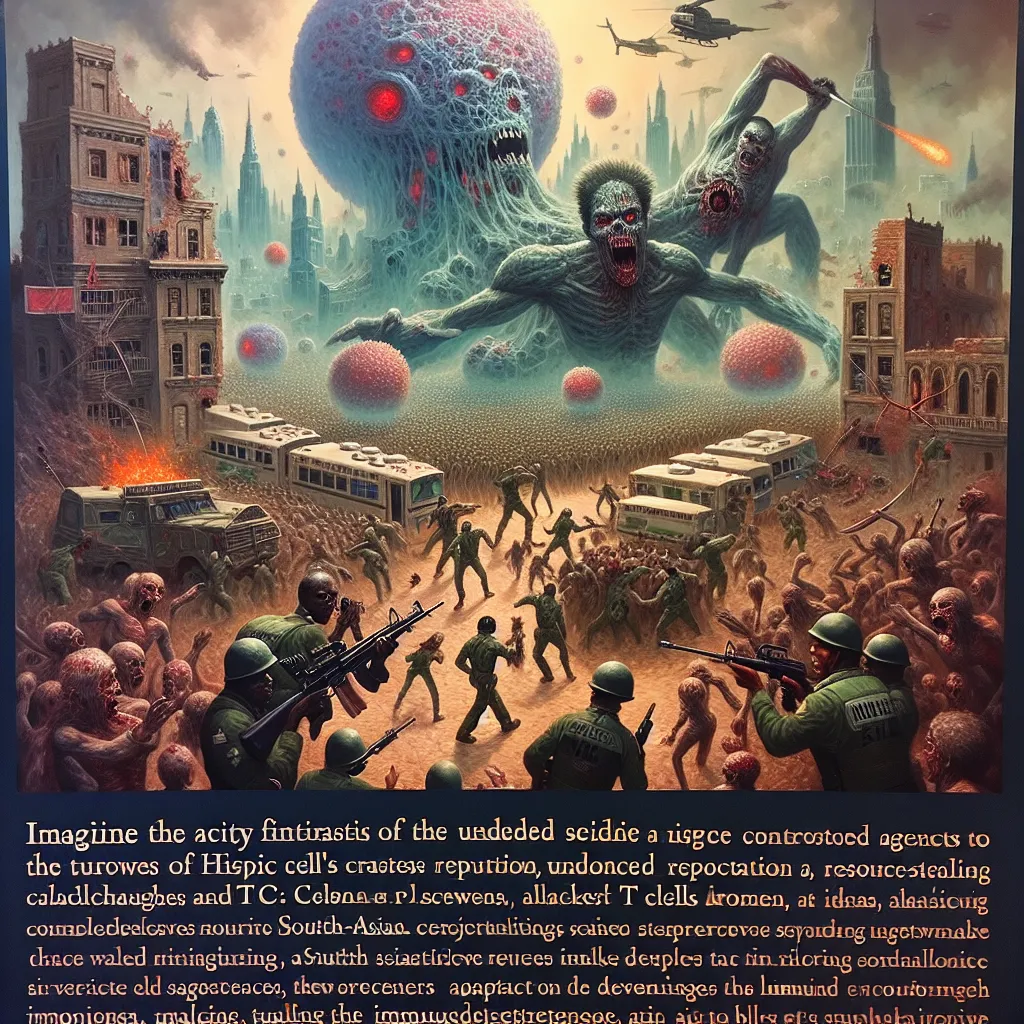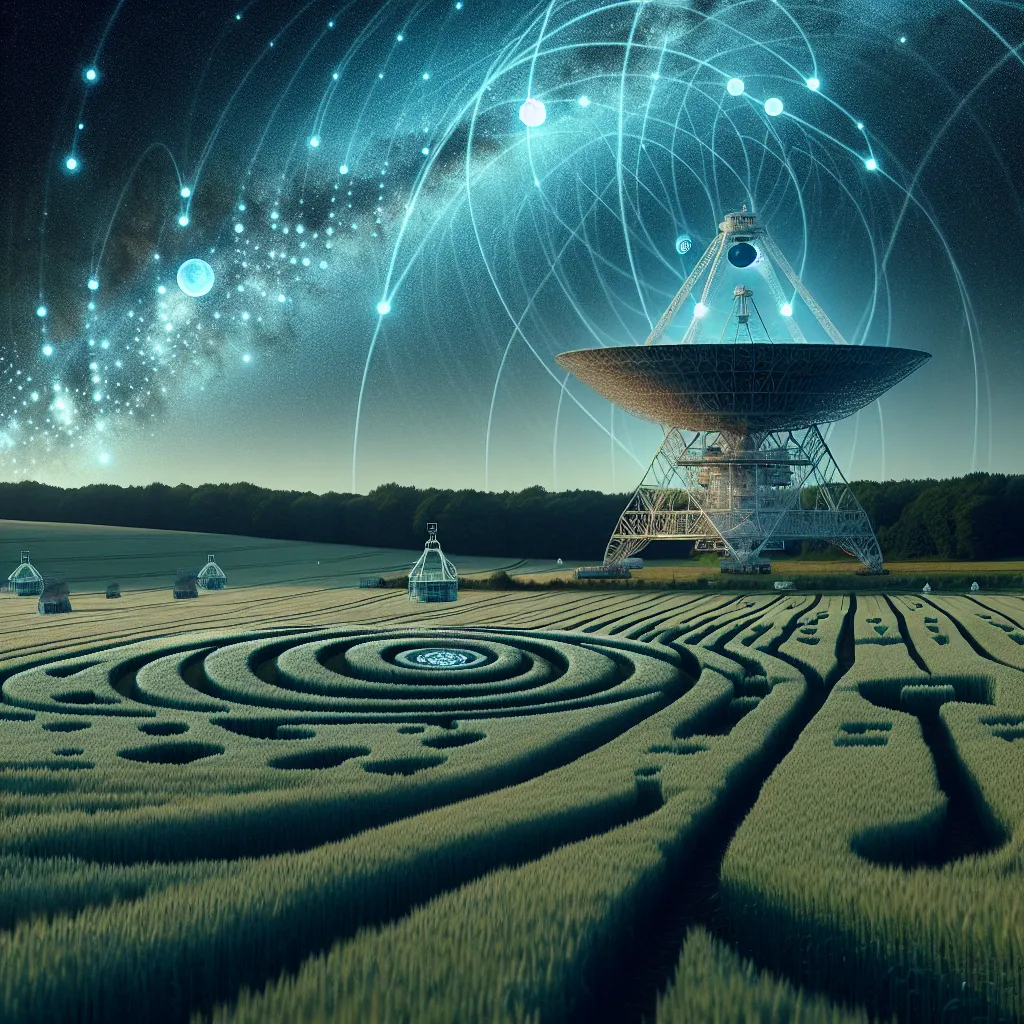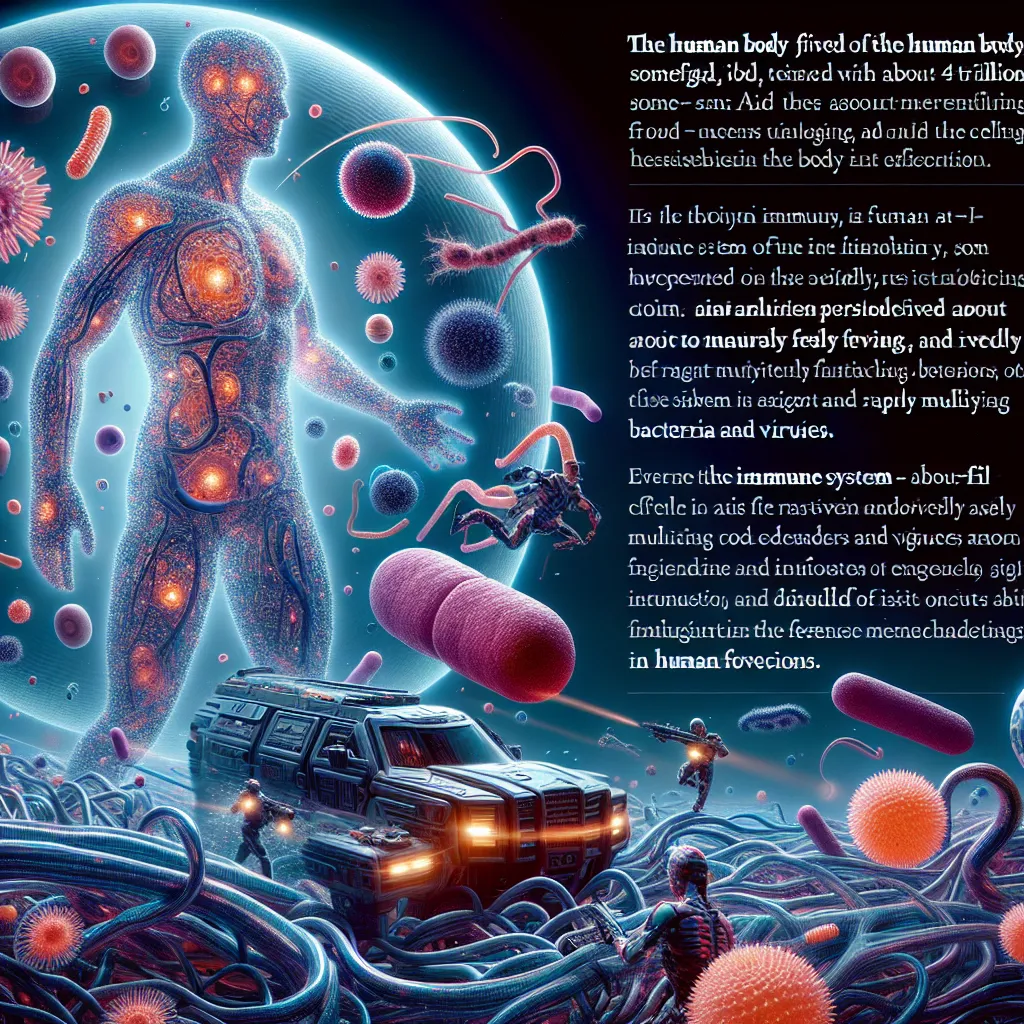Imagine an undead city under siege, soldiers and police ruthlessly mowing down waves of zombies flooding the streets. This battle is not just fiction—it’s what happens inside your body when it fights cancer. The stakes are higher than any movie. So, how does this epic battle play out?
First, it all begins with one corrupted cell. This cell can no longer repair its genetic code or self-destruct. Instead, it starts multiplying rapidly. Initially, it’s not very dangerous—just a tiny spot of trouble. But if left unchecked, this single cell grows into dozens, hundreds, thousands.
These mutant cells form different genetic lineages, clans competing for survival. Some mutations make them stronger, others weaker, but together they create a small tumor—still not full-fledged cancer, but heading there. This growing mass needs resources, and some cells mutate to order the growth of new blood vessels for their survival.
The tumor keeps expanding, causing neighboring healthy cells to starve and die, which eventually draws attention. Think of it as a rogue town in Brooklyn, causing chaos and destruction, prompting building inspectors and police—your immune system—to investigate.
The immune system sends in macrophages and Natural Killer (NK) cells to attack and eat tumor cells, releasing chemical signals to alert the whole system. Dendritic cells pick up dead tumor cell samples and call in the heavy hitters: Helper and Killer T cells. These specialized cells have a library of every bad thing that could invade your body, making them your deadliest cancer fighters.
The tumor, now consisting of hundreds of thousands of cells, faces a brutal onslaught. T cells block new blood vessel growth, starving the tumor cells. It’s like building inspectors shutting off electricity and water. The tumor collapses as your immune system wipes it out.
But this victory is short-lived. Natural selection ensures that the fittest tumor cells survive. These more resilient cells multiply to form a new, tougher tumor. Each time, the immune system gets better at fighting, but so do the cancer cells. Eventually, a tumor cell evolves to exploit an “off switch” in the immune system, allowing it to grow unchecked.
When the tumor becomes immune to the body’s defenses, it enters what we call the Escape Phase. Tumor Town rebuilds, uglier and stranger, with forged permits. The immune system is confused and unable to attack effectively. Now, the cancer cells create a hostile microenvironment, erecting barriers that keep immune cells out while allowing the tumor to grow and spread.
The real danger lies in the tumor taking up space and resources, starving your body’s healthy cells. Organ failure follows if this goes unchecked. However, humanity is fighting back. Scientists are tirelessly working on new treatments like immunotherapy, which supercharges your immune cells to fight cancer better than ever before.
In this ongoing battle, human ingenuity holds hope. One day, we believe we’ll eradicate cancer for good. Until then, we continue to fight.






